I recently returned from a bird photography trip to the east coast of Florida. I spent most of the time at the Merritt Island National Wildlife Refuge just north of Cape Canaveral and the Kennedy Space Center. This is a huge undeveloped area teaming with wildlife.
Well, you can’t see any animals in that picture but trust me, they are in there!
My friend Lee invited me to join him on his trip to the Space Coast Birding Festival. I used to work with Lee in forestry at NCSU before he retired. Lee has more money than most people I know, yet uses coupons to save ¢50 on a hamburger. This works out well since I have less money than most people I know, and I could not afford to hang out with him if he lived closer to his means. On the drive down he suggested we split a $5 foot long subway sandwich. Lunch for $2.50, even I can afford that!
Each day Lee went on one of the festivals birding tours, and he let me borrow his Saab. The weather was perfect, and I had good luck finding and photographing animals.
I had a great time photographing the large wading birds. Each species has a different personality, resulting in behavior that I find visually inspiring. I can really identify with the little blue heron. They hunt just like I make wildlife photographs. They wait patiently, methodically, hardly moving until the time is right.
You get a sense of the bird’s patient stillness in this photograph. I had to wait for it to move a little to create the circular ripples in the water.
The reddish egret looks similar to the little blue heron but has a completely different hunting style. This bird chases fish by running at full speed through shallow water, sometimes flapping its wings and spinning around. This reminds some people of drunken staggering, but I think it looks more like unbridled enthusiasm.
You can get a sense of how fast this bird is running from the forward leaning posture and the wake it is leaving in the water.
The green heron is a much smaller bird and likes to hunt from a branch over the water, especially when the water is too deep to stand in.
You can’t see its long neck in this photograph because it is coiled up preparing to strike. Just seconds after I made this photograph, it caught the fish it was watching and flew away.
I also had an interesting interaction with an anhinga. These birds swim under the water and spear fish with their sharp bill. They often swim with just their head and neck visible, the rest of their body submerged. This behavior gave them one of their common names, “snake bird”. I was surprised to see this one swimming toward me. It made for a very elegant composition to illustrate this type of swimming behavior.
After I made the photograph it just kept swimming toward me until it climbed up on the bank just a few feet from where I was sitting. I could not figure out why he was being so friendly until I noticed what was swimming right behind him.
I guess the anhinga felt safer on the shore with me than in the water with the alligator. After the alligator swam away, the anhinga started drying his wings.
A woman was nearby explaining to her daughter how these birds are not very well adapted to their environment because they have to dry their wings after swimming. I am always glad to see parents teaching their children about nature but it irks me when they just make stuff up. These birds are perfectly adapted to their environment! By absorbing water they become less buoyant and can stay under water without effort. Most birds that dive trap air under their waterproof feathers and have to constantly expend energy to stay under. As soon as they stop swimming they pop up to the surface like a cork. The anhinga can stay under without effort as it chases fish; the only downside is it can’t fly until it dries out a bit.
On the last day of the trip Lee and I planned to spend a few hours at dawn in the wildlife refuge before driving back to North Carolina. We were late getting out to the refuge because Lee discovered the hotel had slightly overcharged him. By the time he got that straightened out the sun was already up. This turned out to be a good thing. For the past three days I had driven past a marsh with palm hammocks on my way to the refuge. This is the same place pictured in sunset light in the first photograph. The light before dawn at this location was not interesting the previous three days. But this time the sun was up as we drove by the marsh and the light shining through the early morning fog was spectacular.
We spent a few more hours in the refuge and then headed back to North Carolina; on the way we shared another $5 foot long subway sandwich.


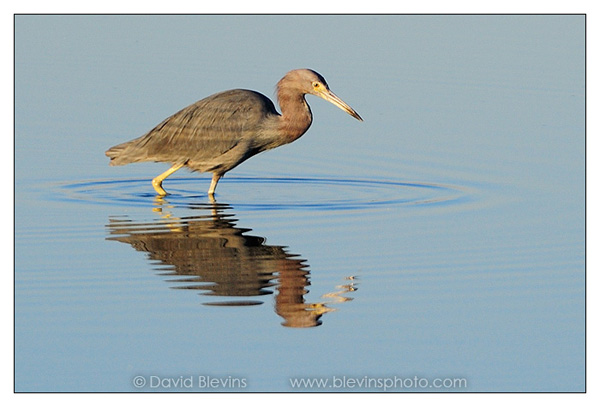
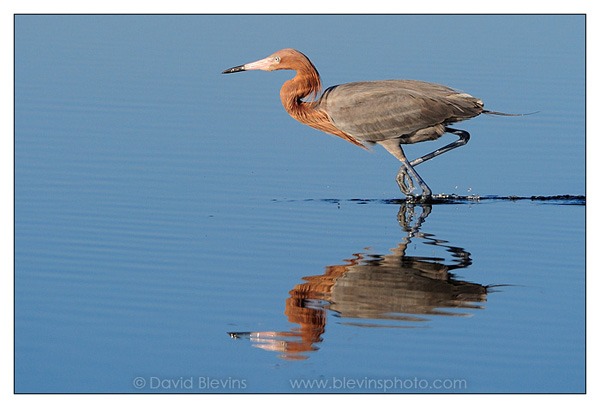
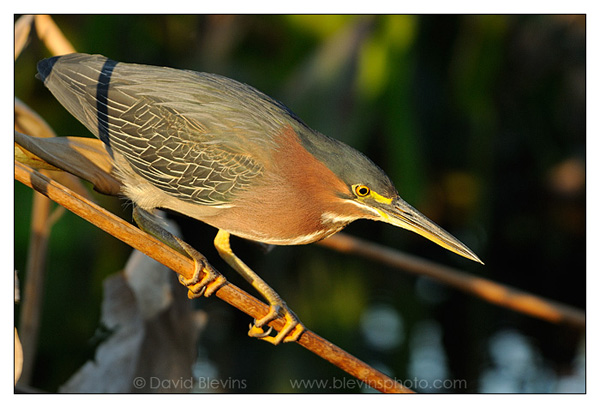
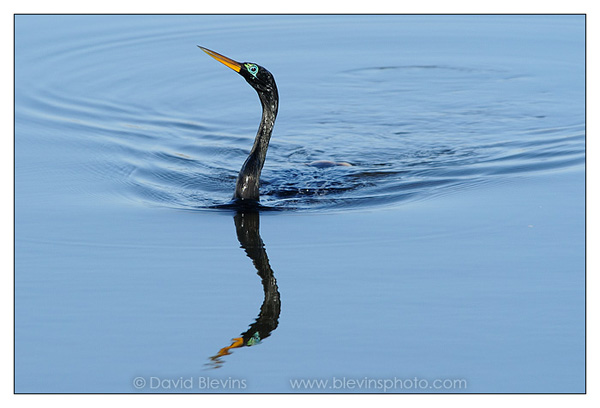
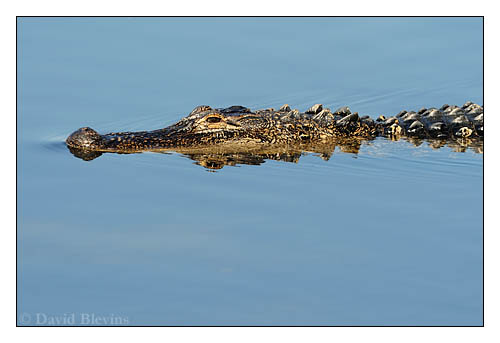
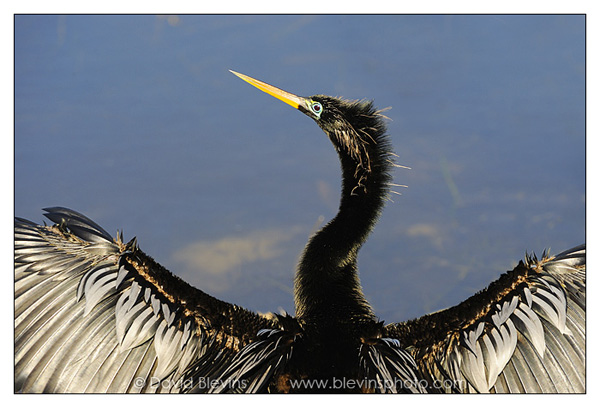
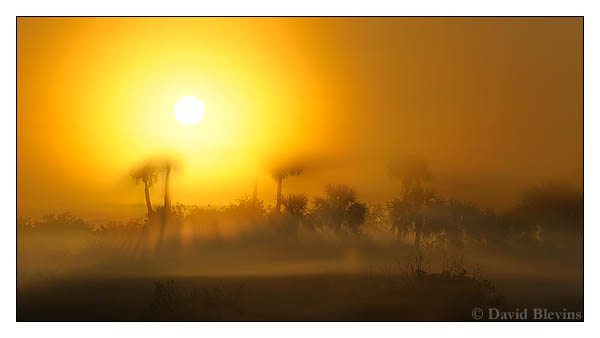
Hi David. My grandmother grew up on Merritt Island and I’m hoping to visit in June when I’m down there at my daughter’s volleyball tournament. I work at World Wildlife Fund in DC and I look at a lot of wildlife photography in my job, but I sure did enjoy your work. Thanks for sharing! My mother lives near Sanibel Island and I love the West Coast of Florida.
Hi Donna, thanks for the note. That is a great place. These photos are from my first and only trip to that area. I would love to return, the wildlife is so much more accepting of humans than most places I have been.
I have been seeing a bird on the inter coastal waterway in Daytona beach, after doing some research, I found your article and photos. Thank you very much for the great shots and info on the bird, turned out to be the Anhinga, I see him every day drying out his wings on the dock after swimming around looking for food. What an interesting bird, thank you for the help